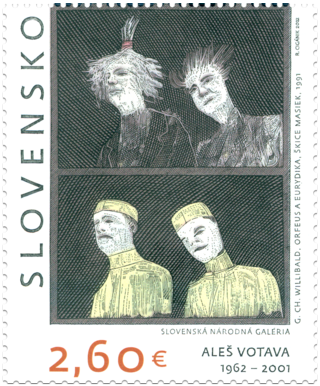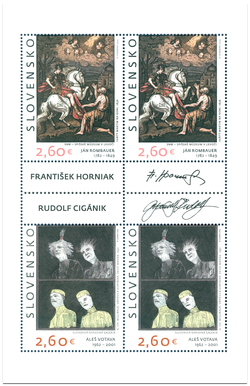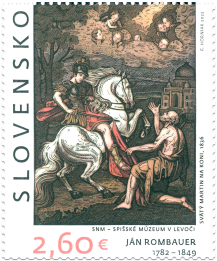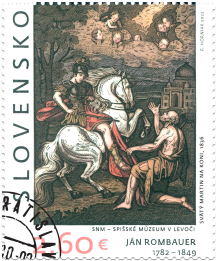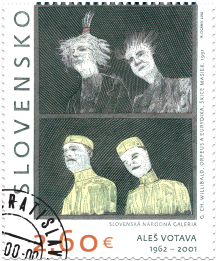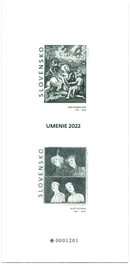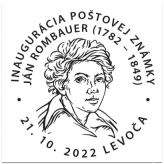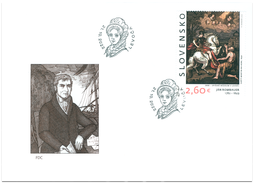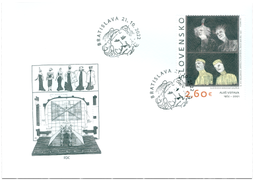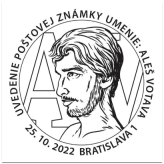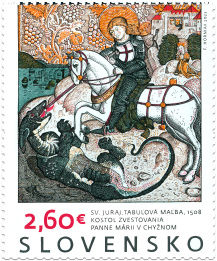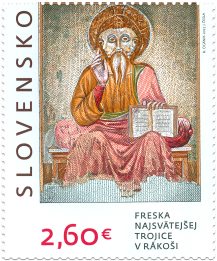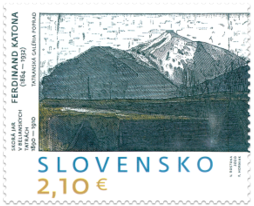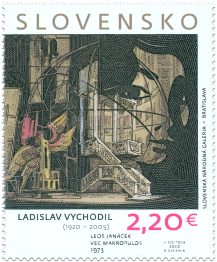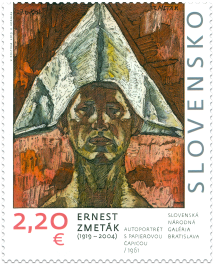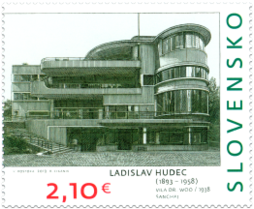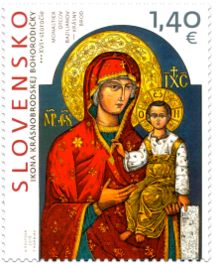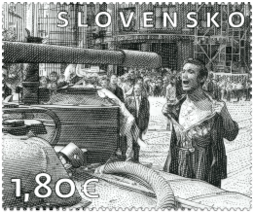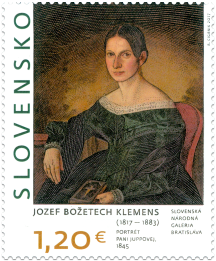778 Date of issue
21.10.2022 Face value
2.60 € Sell price
2.60 €
Aleš Votava was one of the last and most distinctive students of Ladislav Vychodil, the founder of the Bratislava scenography movement. Apart from his training, Votava was mainly influenced by the action scenography pursued by the previous generation. These influences left their own specific traces in his work and helped to define his unique style. Votava graduated from the Academy of Performing Arts in the mid-1980s, at a time when the paradigm of classical scenography, which employed solid materials, was coming to an end. However, action scenography and deconstruction had also reached their limits on stage by that time. Black was the basis of Votava’s work. Like Vychodil, he considered the use of neutral colours to be the crucial aspect of a scene. Colours, that mainly came from the interplay of light and shadow, through reflection or transparent materials, was the principle behind the action in his scenography. He was considered to be a man of outstanding qualities, or even a Renaissance artist, whose versatility and abilities allowed him to create stage designs for various types of venues and he utilised the available material to the maximum.
He also devoted his time to graphic design, free artistic creation and artistic jewellery. He made a significant contribution to the Prague event, the End of Violence organised on 26th November 1989 by the students of the Theatre Faculty of the Academy of Performing Arts, the Academy of Arts, Architecture and Design and the Academy of Fine Arts, all in Prague, along with the employees of Prague theatres, on Letná Plain. His drawings were always elaborated to the last detail and were full of descriptions so that he could approach the bounds of what was possible, which he tended to push to the ultimate limits. Although his designs were generally quite simple, they were very impressive. This can be seen in the postage stamp that depicts a sketch of the masks, a model of the scene and designs for the costumes used in Orfeo ed Euridice, (Ch. W. Gluck, 1991), currently housed in the Slovak National Gallery. When he spoke about this production, he liked to say that after a three month search for the concept of this drama, the result was a single triangle.
Zuzana Koblišková
Show less© 2025 POFIS - Postal philatelic service. All rights reserved

